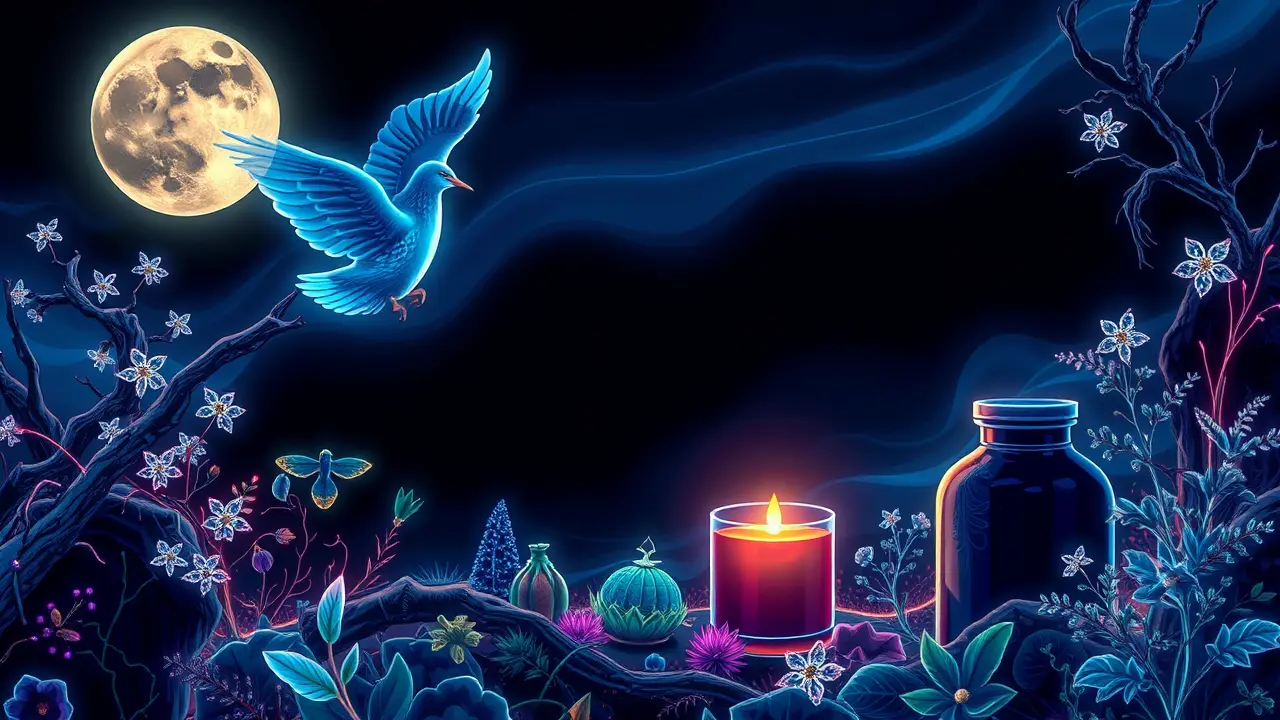
Scienceneuroscience
Historical Analysis Reveals 'Witch' Potions Were Grounded in Early Medicine
RA
Rachel Adams
3 weeks ago7 min read
The traditional image of the witch is being re-examined, with new evidence suggesting these figures often served as the primary healers in their communities. Their infamous potions, long dismissed as superstitious brews, are now recognized as sophisticated applications of herbal medicine.Ingredients like belladonna, mandrake, and mugwort were not chosen at random but were the result of generations of accumulated botanical knowledge. For instance, the hallucinogenic 'flying ointments' contained plants with potent alkaloids that modern science recognizes for their anticholinergic properties, once used to treat ailments like motion sickness.Similarly, mugwort, commonly found in protective sachets, contains compounds with documented anti-parasitic and anti-inflammatory effects, validating its historical use for wound care and regulating menstrual cycles. This expertise, often held by women outside formal medical institutions, was systematically marginalized, a process linked to the suppression of female autonomy and indigenous knowledge.The legacy of these potions is a powerful lesson in how effective, nature-based healthcare has been historically pathologized. Today, modern research is beginning to confirm their value, investigating the anti-cancer potential of mandrake compounds and the analgesic effects of willow bark. The true power of these mixtures lay not in magic, but in a deep, practical understanding of plant pharmacology—a knowledge we are only now rediscovering.
#herbal medicine
#folklore
#psychoactive plants
#neuroscience
#history of medicine
#editorial picks news
Stay Informed. Act Smarter.
Get weekly highlights, major headlines, and expert insights — then put your knowledge to work in our live prediction markets.
Related News
Comments
Loading comments...
© 2025 Outpoll Service LTD. All rights reserved.